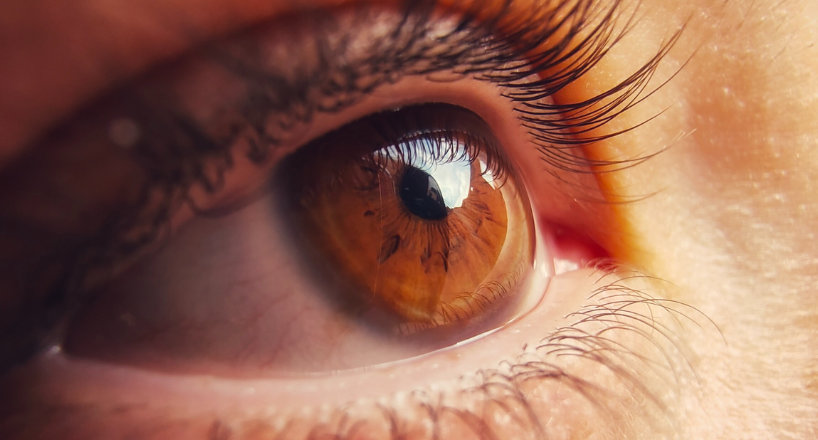LASIK (Laser-Assisted In Situ Keratomileusis) is a popular surgical procedure used to correct vision problems such as nearsightedness, farsightedness, and astigmatism. Despite its widespread use and success, LASIK carries some risks and potential complications that patients should be aware of before undergoing the procedure. Understanding the potential risks and complications is important in determining the success and applicability of LASIK for each individual.
Side effects of LASIK Surgery
There are a number of adverse effects that are rather common instantly post-op and in some instances can last longer– in some cases forever. Those include:
Dry Eyes
About half of LASIK clients experience dry eyes, which are normally short-lived side effects that deal with within 3-6 months after the surgery. Your doctor will likely recommend artificial tears in the days and weeks following the surgical treatment which ought to be continued as long as the symptoms continue. Since of this, it is typically suggested that patients with a history of chronic dry eyes go with another type of refractive surgical treatment such as PRK, another style of laser refractive surgery with lowered risk.
Eye Infection or Irritation
While not typical due to the eye drops and examinations recommended post-surgical treatment, there is a possibility of establishing an eye infection. If this does take place, it can be treated with antibiotic eye drops, and anti-inflammatories or often may require other treatment such as oral prescription antibiotics. If you are experiencing symptoms of an eye infection such as soreness, discomfort, discomfort, discharge, or any change in vision, see your eye doctor immediately. As a precaution, it is vital to follow your surgeon’s instructions for your post-operative care including prescription medications and doctor’s visits.

Vision Issues
Following surgical treatment, you may experience specific vision concerns such as poor night vision, double vision, halos around lights, or glare.
These side effects are common and can last as much as a few weeks, but usually disappear. Some clients report a long-lasting decrease in vision in low-light conditions and might require vision aids for seeing better at night.
Other dangers of LASIK consist of surgical errors, many of which can be fixed by a follow-up surgery. These include:
Overcorrection or undercorrection
The key to vision improvement in LASIK is a precise reshaping of the corneal tissue. If too much is gotten rid of or not sufficient is removed, your vision will stay imperfect and when possible might require a follow up procedure to obtain the clear vision being sought.
Flap Complications
Possibly the greatest danger associated with LASIK is the precise creation and healing of the flap of the cornea that is lifted to reshape the underlying tissue and changed after. If the flap in the cornea is not made precisely, cut too thick or too thin, and not thoroughly changed back on the eye, it can cause issues in the shape of the eye surface area and therefore clear vision.
Studies show that these problems occur typically in under 6% of cases and the experience and ability of the cosmetic surgeon play a large role.
There can also be problems in the healing procedure of the flap that include infection or excessive eye tearing.

Vision Loss
There is a chance, albeit little that the surgery can result in a loss of vision or a decrease in visual clarity due to complications with the surgery.
It is rather uncommon for any long-term damage or vision loss to occur as an outcome of LASIK and usually any vision problems can be corrected by a follow-up procedure. However, as with any surgery, there are dangers, so it is essential to reduce your risks by discovering a knowledgeable cosmetic surgeon and carefully considering your suitability for the surgical treatment in the first place.LASIK is the most typical refractive eye surgical treatment, partly due to the fact that the threats and issues are low.
Most patients do not experience any long-term issues as an outcome of the surgical treatment. Nevertheless, as with any surgery, there are some threats, however uncommon they are and it is very important to know them and to discuss them with your eye doctor or cosmetic surgeon prior to going through the surgery.